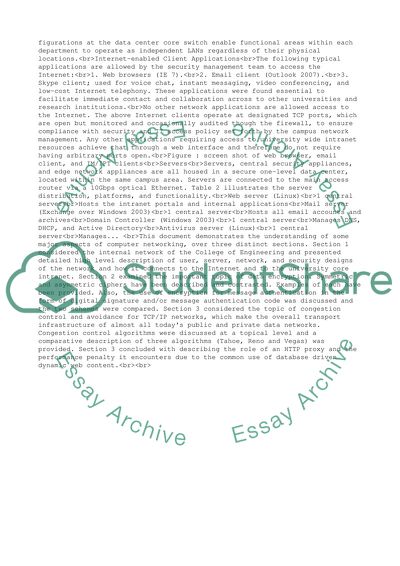Cite this document
(“Computer Networking and Management Case Study Example | Topics and Well Written Essays - 4500 words”, n.d.)
Retrieved de https://studentshare.org/management/1526445-computer-networking-and-management
Retrieved de https://studentshare.org/management/1526445-computer-networking-and-management
(Computer Networking and Management Case Study Example | Topics and Well Written Essays - 4500 Words)
https://studentshare.org/management/1526445-computer-networking-and-management.
https://studentshare.org/management/1526445-computer-networking-and-management.
“Computer Networking and Management Case Study Example | Topics and Well Written Essays - 4500 Words”, n.d. https://studentshare.org/management/1526445-computer-networking-and-management.


